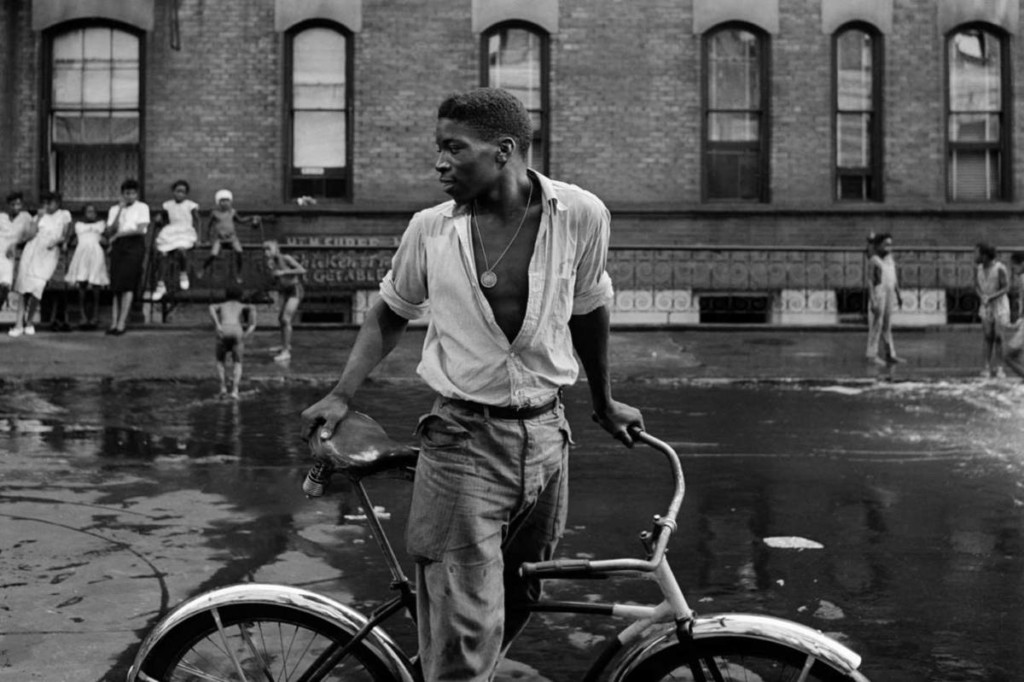The 4-Minute Rule for Framing Streets
Wiki Article
Framing Streets Fundamentals Explained
Table of ContentsThe Ultimate Guide To Framing StreetsThe Best Strategy To Use For Framing StreetsFraming Streets for DummiesThe Definitive Guide for Framing StreetsThe Facts About Framing Streets UncoveredThe 8-Second Trick For Framing Streets
, generally with the purpose of catching pictures at a definitive or touching minute by cautious framing and timing. https://www.openlearning.com/u/davidturley-s71apy/.
What Does Framing Streets Mean?
Susan Sontag, 1977 Road photography can concentrate on individuals and their habits in public. In this respect, the road photographer resembles social documentary photographers or photographers who likewise operate in public areas, however with the objective of catching relevant events. Any of these digital photographers' photos may record people and property noticeable within or from public areas, which typically entails navigating moral concerns and legislations of personal privacy, security, and building.Representations of everyday public life develop a category in almost every period of world art, beginning in the pre-historic, Sumerian, Egyptian and early Buddhist art periods. Art taking care of the life of the road, whether within views of cityscapes, or as the leading motif, shows up in the West in the canon of the Northern Renaissance, Baroque, Rococo, of Romanticism, Realism, Impressionism and Post-Impressionism.
An Unbiased View of Framing Streets
Louis Daguerre: "Boulevard du Temple" (1838 or 1839) In 1838 or 1839 the first photo of numbers in the road was videotaped by Louis-Jacques-Mand Daguerre in among a set of daguerreotype views drawn from his workshop home window of the Blvd du Temple in Paris. The 2nd, made at the elevation of the day, reveals an unpopulated stretch of road, while the other was taken at regarding 8:00 am, and as Beaumont Newhall records, "The Blvd, so constantly loaded with a relocating crowd of website here pedestrians and carriages was flawlessly solitary, except an individual who was having his boots combed.His boots and legs were well specified, yet he is without body or head, since these were in activity." Charles Ngre, waterseller Charles Ngre. https://filesharingtalk.com/members/590940-framingstreets1 was the first digital photographer to attain the technological elegance required to sign up individuals in activity on the street in Paris in 1851. Digital Photographer John Thomson, a Scotsman dealing with reporter and social lobbyist Adolphe Smith, released Street Life in London in twelve regular monthly installments starting in February 1877
Top Guidelines Of Framing Streets
Eugene Atget is considered as a progenitor, not because he was the initial of his kind, but as a result of the popularisation in the late 1920s of his document of Parisian streets by Berenice Abbott, that was motivated to take on a similar documents of New York City. [] As the city developed, Atget aided to advertise Parisian streets as a worthy subject for digital photography.
Framing Streets Fundamentals Explained
Martin is the initial videotaped professional photographer to do so in London with a disguised camera. Mass-Observation was a social research study organisation established in 1937 which intended to tape-record day-to-day life in Britain and to tape-record the reactions of the 'man-in-the-street' to King Edward VIII's abdication in 1936 to wed separation Wallis Simpson, and the sequence of George VI. The principal Mass-Observationists were anthropologist Tom Harrisson in Bolton and poet Charles Madge in London, and their very first record was created as the publication "May the Twelfth: Mass-Observation Day-Surveys 1937 by over 2 hundred viewers" [] Window cleaner at Kottbusser Tor, Berlin, by Elsa Thiemann c. 1946 The post-war French Humanist Institution photographers found their subjects on the road or in the bistro. Andre Kertesz.'s widely appreciated Images la Sauvette (1952) (the English-language edition was entitled The Crucial Minute) advertised the concept of taking a photo at what he described the "crucial minute"; "when type and web content, vision and composition combined into a transcendent whole" - Street photography hashtags.Not known Facts About Framing Streets
, after that a teacher of young youngsters, associated with Evans in 193839.'s 1958 publication,, was substantial; raw and often out of emphasis, Frank's images questioned traditional photography of the time, "challenged all the official rules laid down by Henri Cartier-Bresson and Pedestrian Evans" and "flew in the face of the wholesome pictorialism and wholehearted photojournalism of American magazines like LIFE and Time".Report this wiki page